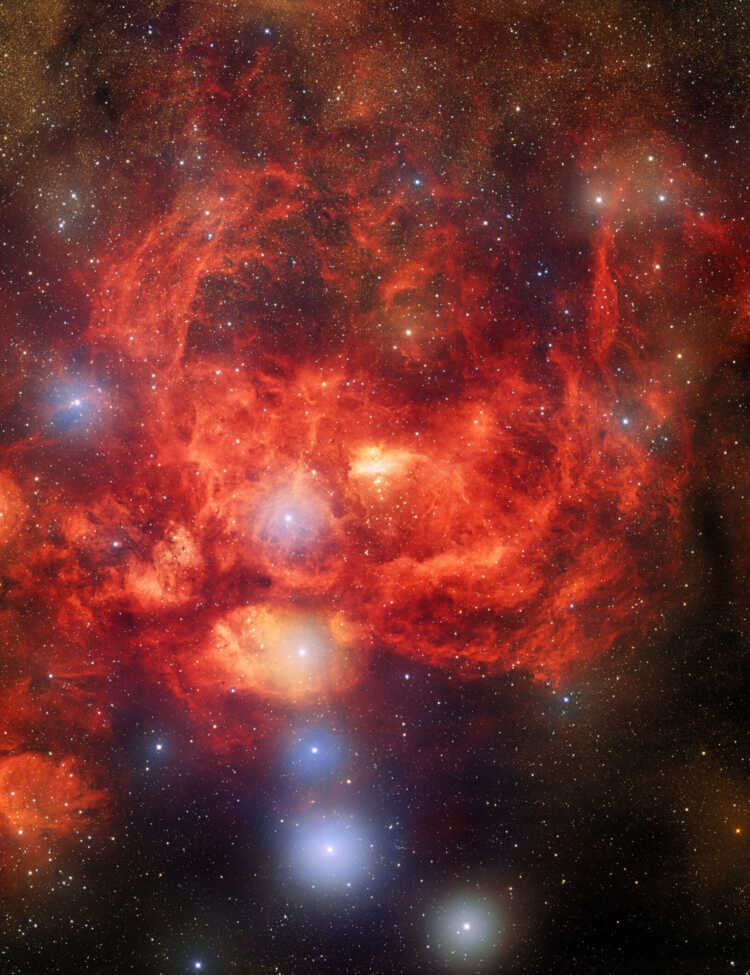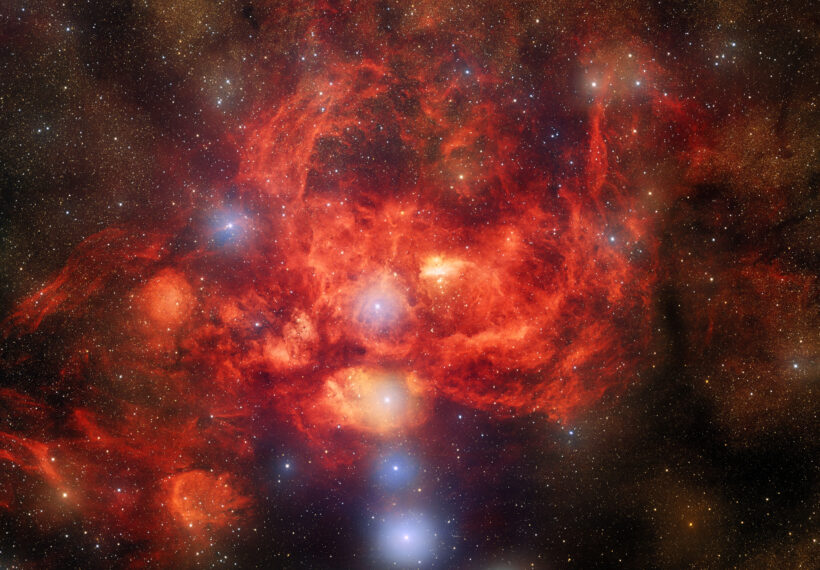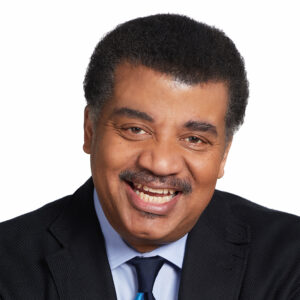About This Episode
Did JWST discover dark stars? Neil deGrasse Tyson and comedian Chuck Nice explore the dark universe and how learning about dark matter could help uncover the mystery of JWST’s primordial objects with theoretical physicist Katherine Freese.
Is dark matter a particle? We discuss Einstein, humanity’s big questions, and particle candidates for dark matter. What is a WIMP? Learn about the four forces in the universe and their relationship to dark matter. How do WIMPs play into supersymmetry’s theoretical framework?
We explore the process of making a prediction and eventually getting it verified experimentally, like Enrico Fermi and neutrinos. How do we verify a dark matter particle? If dark matter doesn’t interact with us does it interact with itself? When was dark matter created? Discover how dark matter keeps galaxies together and how dark stars may be the possible answer to what JWST found in the early universe.
What is a dark star? Could dark stars be how we get supermassive black holes? We discuss the difficulty in solving the supermassive black hole problem. Did any of the JWST primordial objects line up with the prediction of dark stars? In addition to The Big Bang, was there a Dark Big Bang? We talk about what it’s like to introduce a new idea and receive resistance and the progression of science.
Thanks to our Patrons Shara McAlister, Foohawt, Donna Palmieri, Trooj, Leroy Gutierrez, Tricia Livingston, Christina, Chris Ocampo, Eric Stellpflug, and John Potanos for supporting us this week.
NOTE: StarTalk+ Patrons can listen to this entire episode commercial-free.




 Unlock with Patreon
Unlock with Patreon


 Become a Patron
Become a Patron